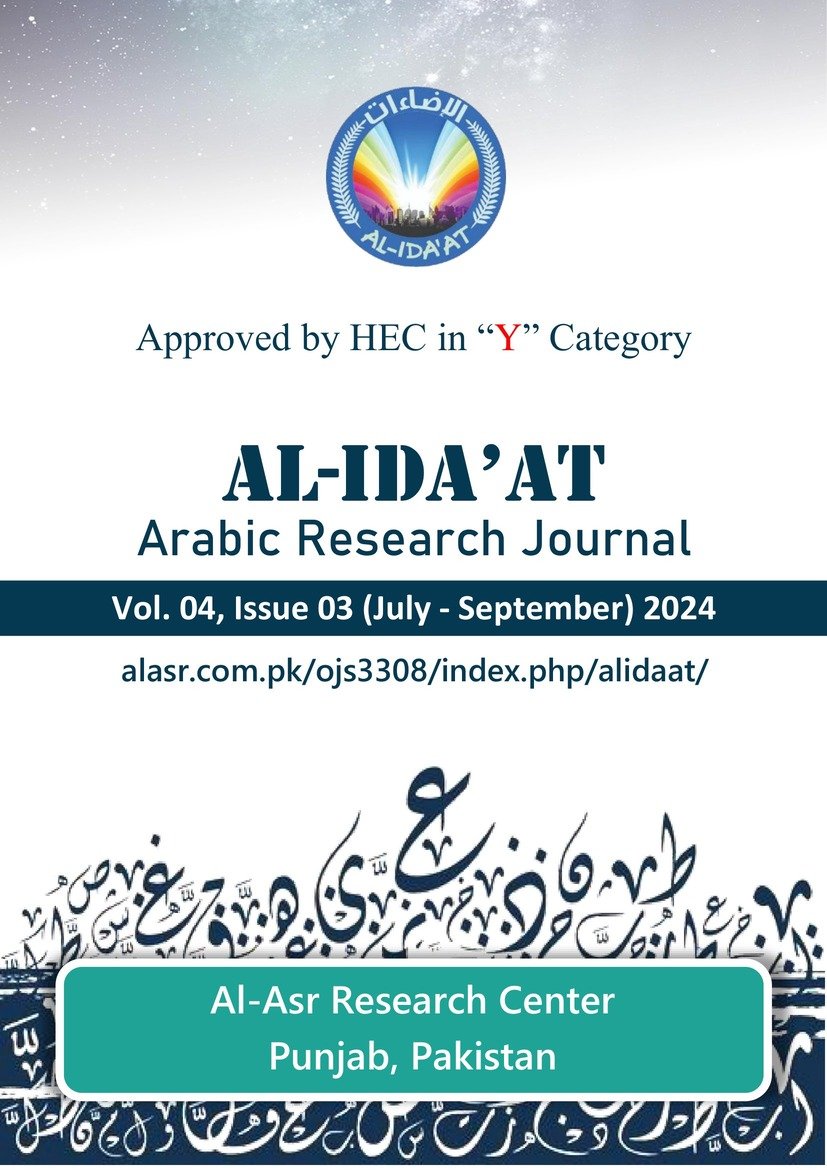مراحل القصة و تطورها في الأدب العربي
The Stages of the Story and its Development in Arabic Literature
Keywords:
Arabic story, pre-Islamic times, Abbasid era, Kalila and Dimna, contemporary timesAbstract
The Arabic story has undergone various stages of development. It began with oral narratives, legends, and proverbs in pre-Islamic times, where storytelling elements appeared in poetry and folklore. During the Abbasid era, storytelling flourished with works like "One Thousand and One Nights" and "Kalila and Dimna," blending imagination and wisdom. In the Mamluk and Ottoman periods, formal storytelling declined, but popular literature, such as The Epic of Antar and The Hilali Epic, sustained its prominence, focusing on heroism and folklore.
The Nahda (Renaissance) period saw the influence of Western literature through translations and cultural exchange. Writers like Rifa'a al-Tahtawi and Farah Antun addressed social and political issues in their narratives. In the modern era, the story evolved significantly with pioneers like Naguib Mahfouz and Tawfiq al-Hakim, who explored themes of identity, colonialism, and modernization.
In contemporary times, Arabic storytelling has diversified with modernist and postmodernist techniques, addressing globalization, technology, and current conflicts, making it a mirror of the Arab world's new challenges and transformations.











